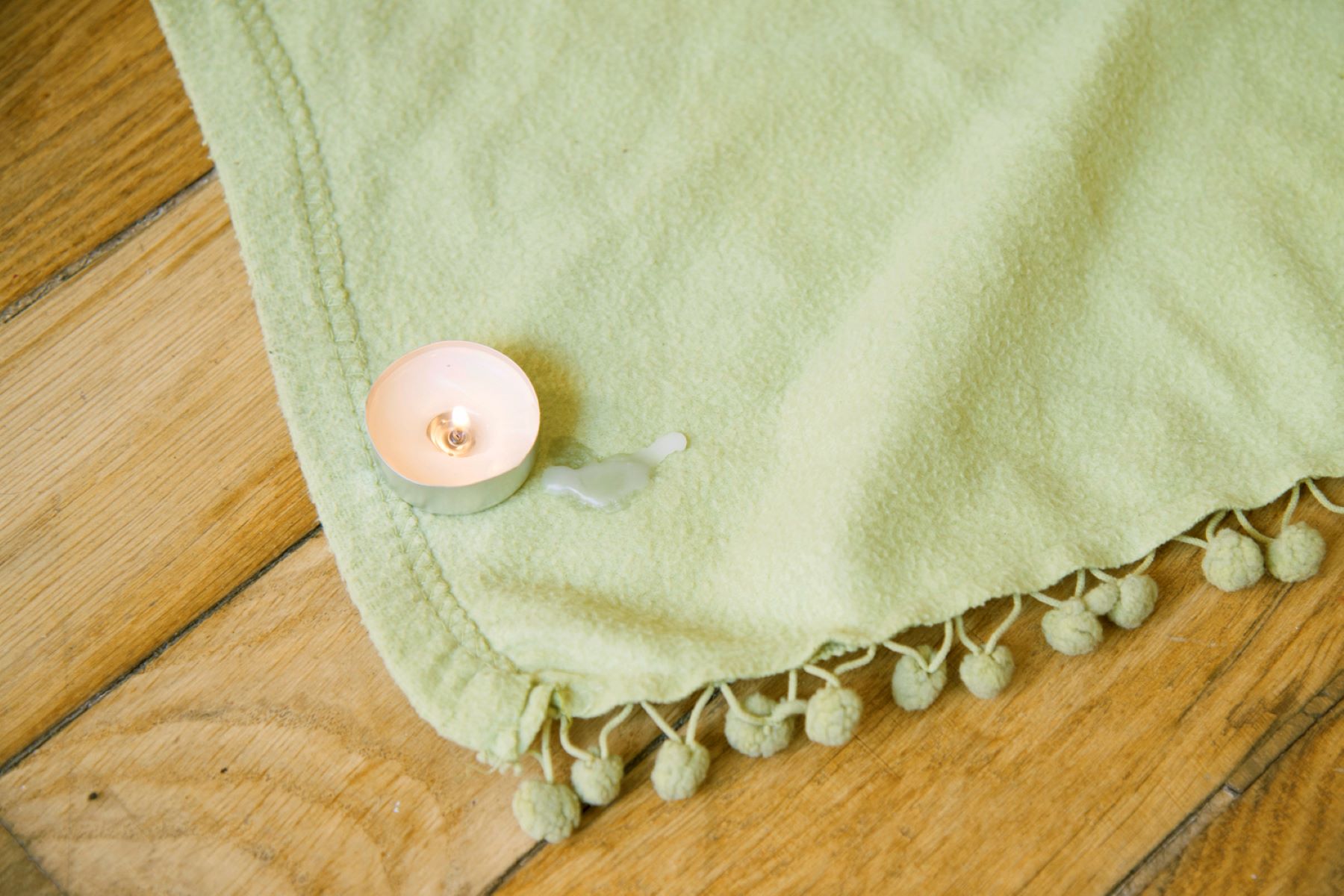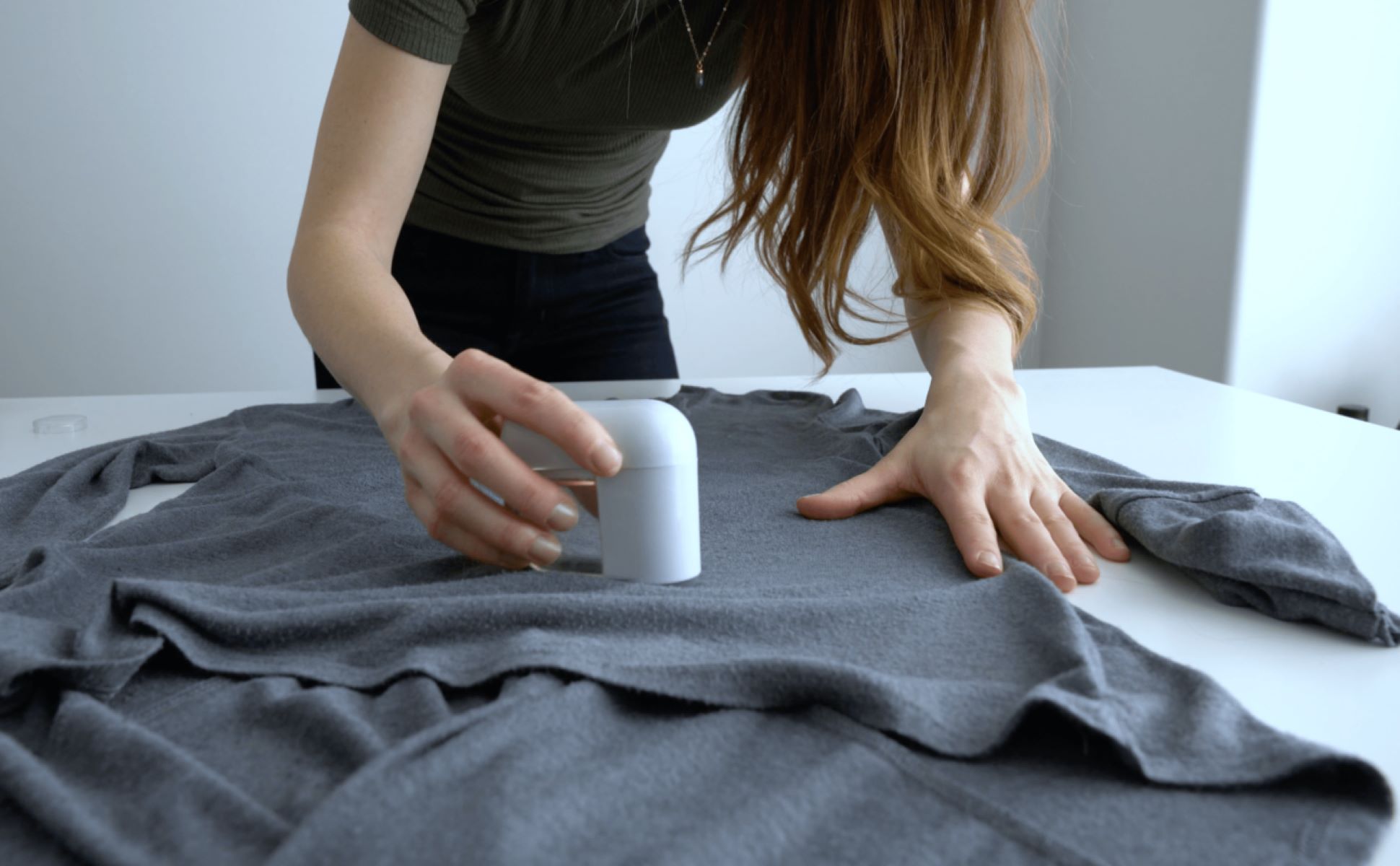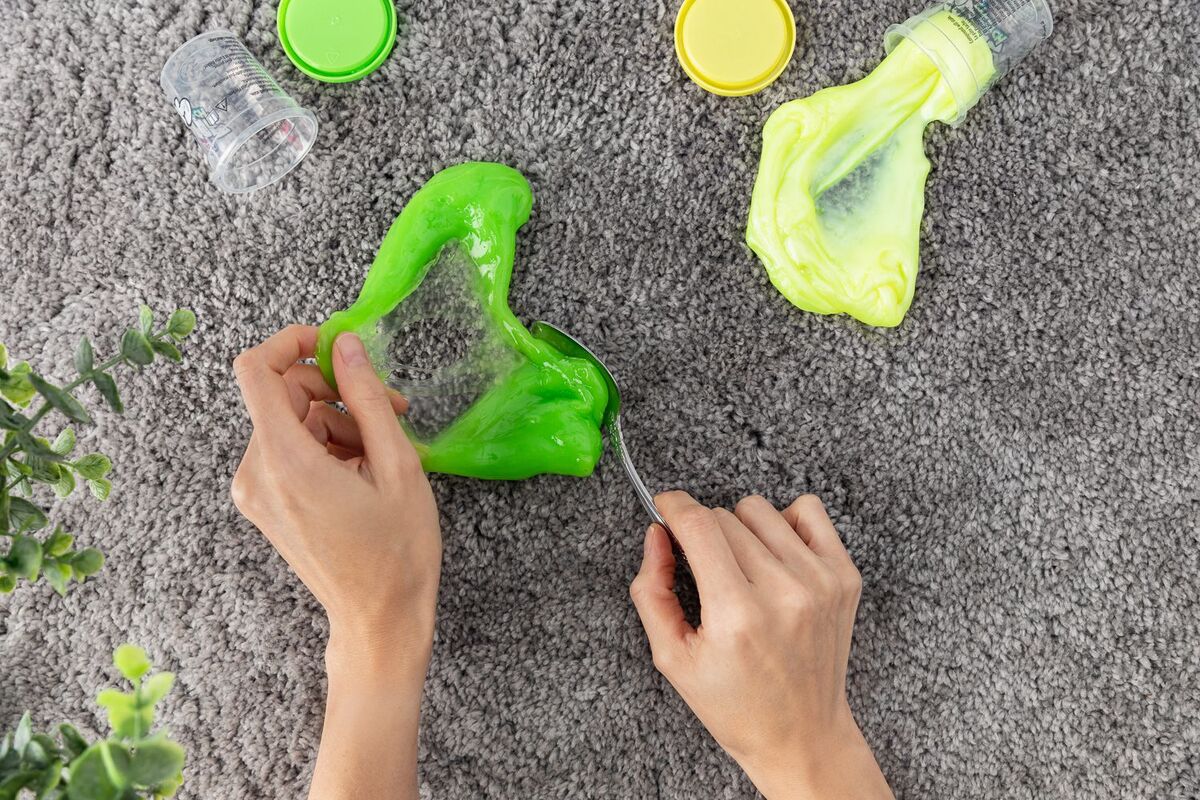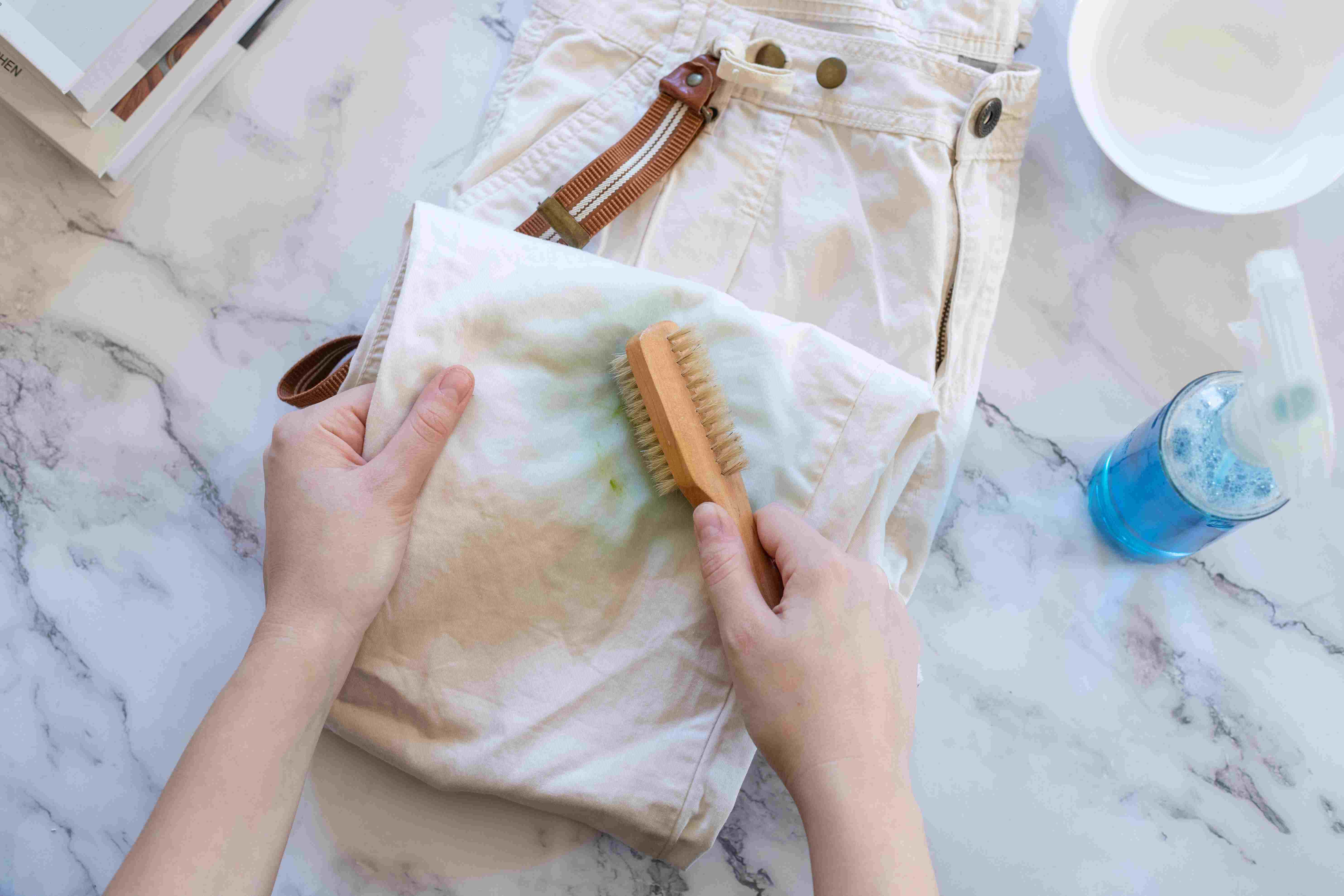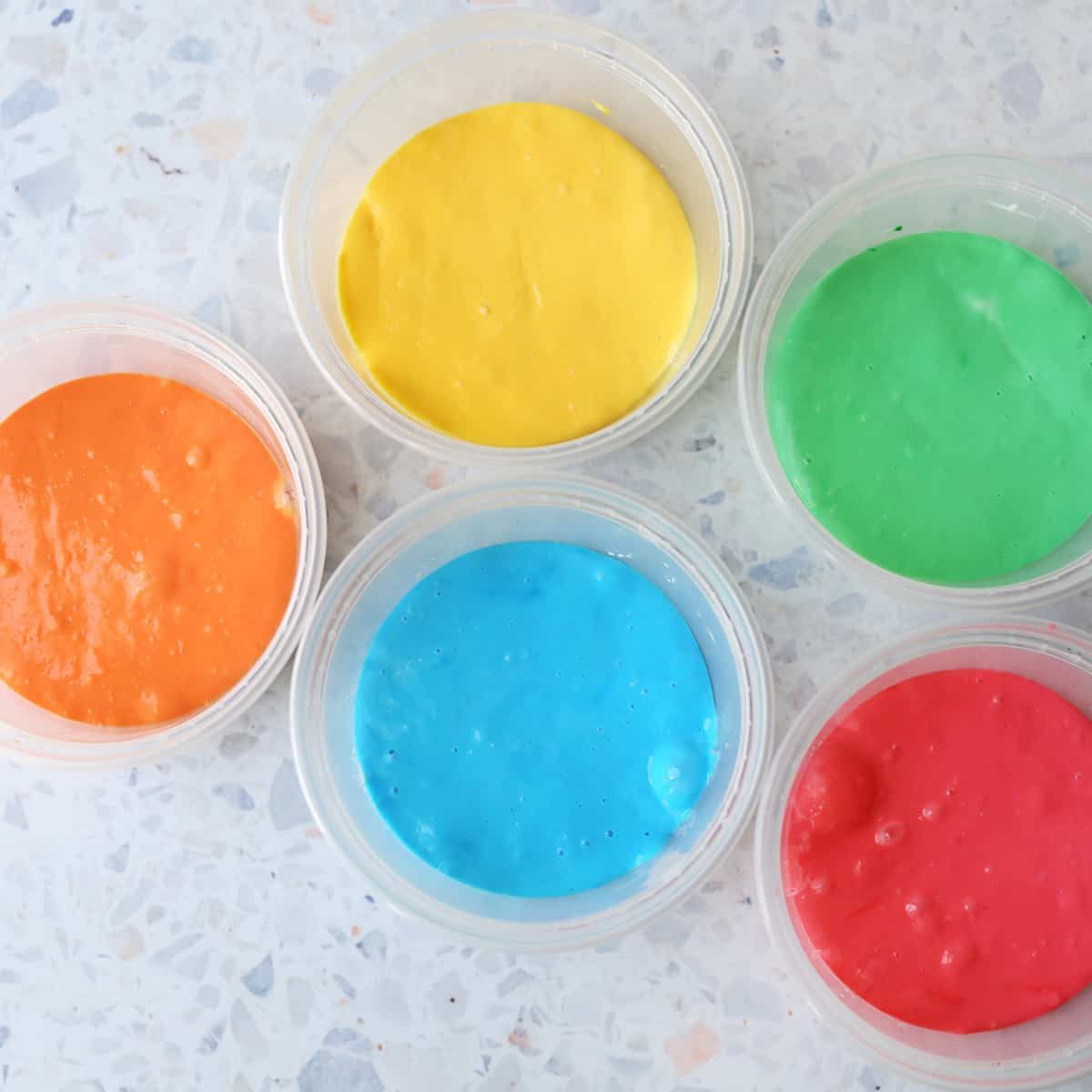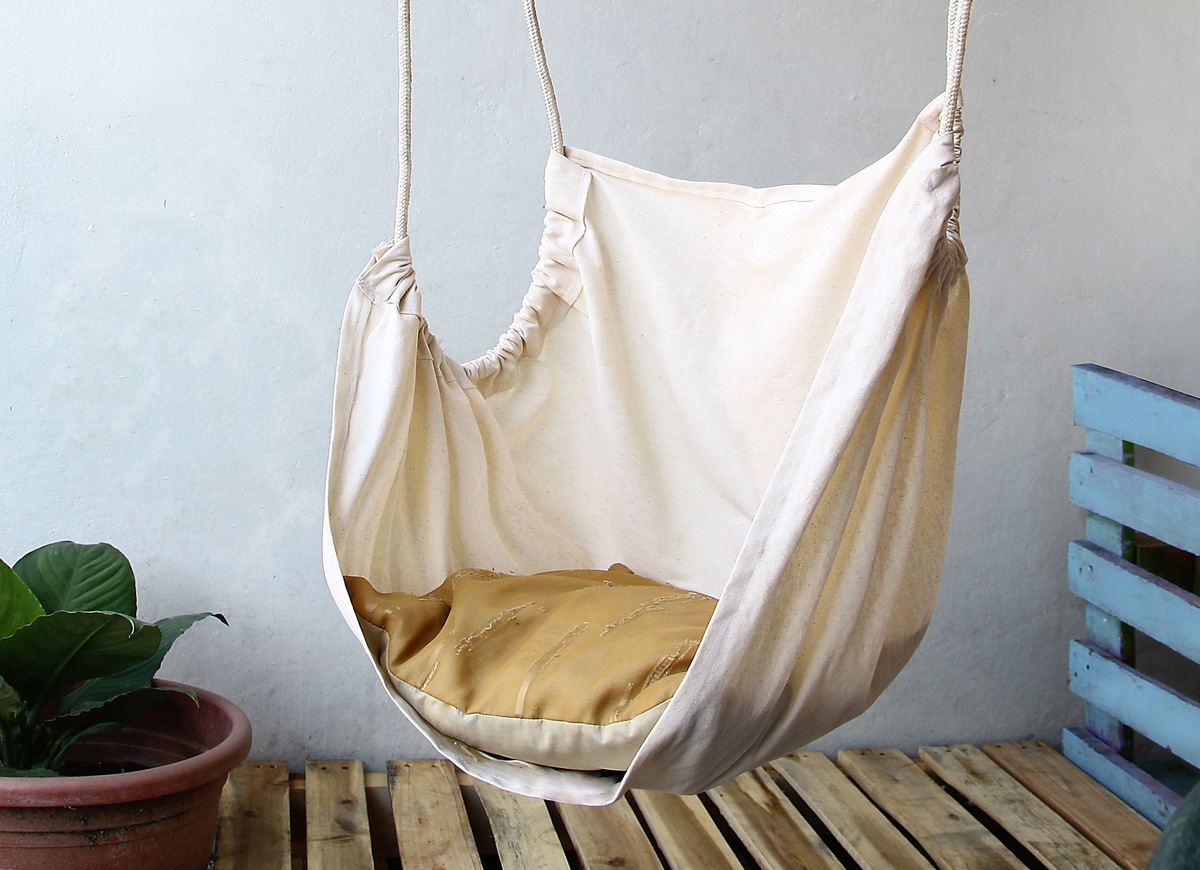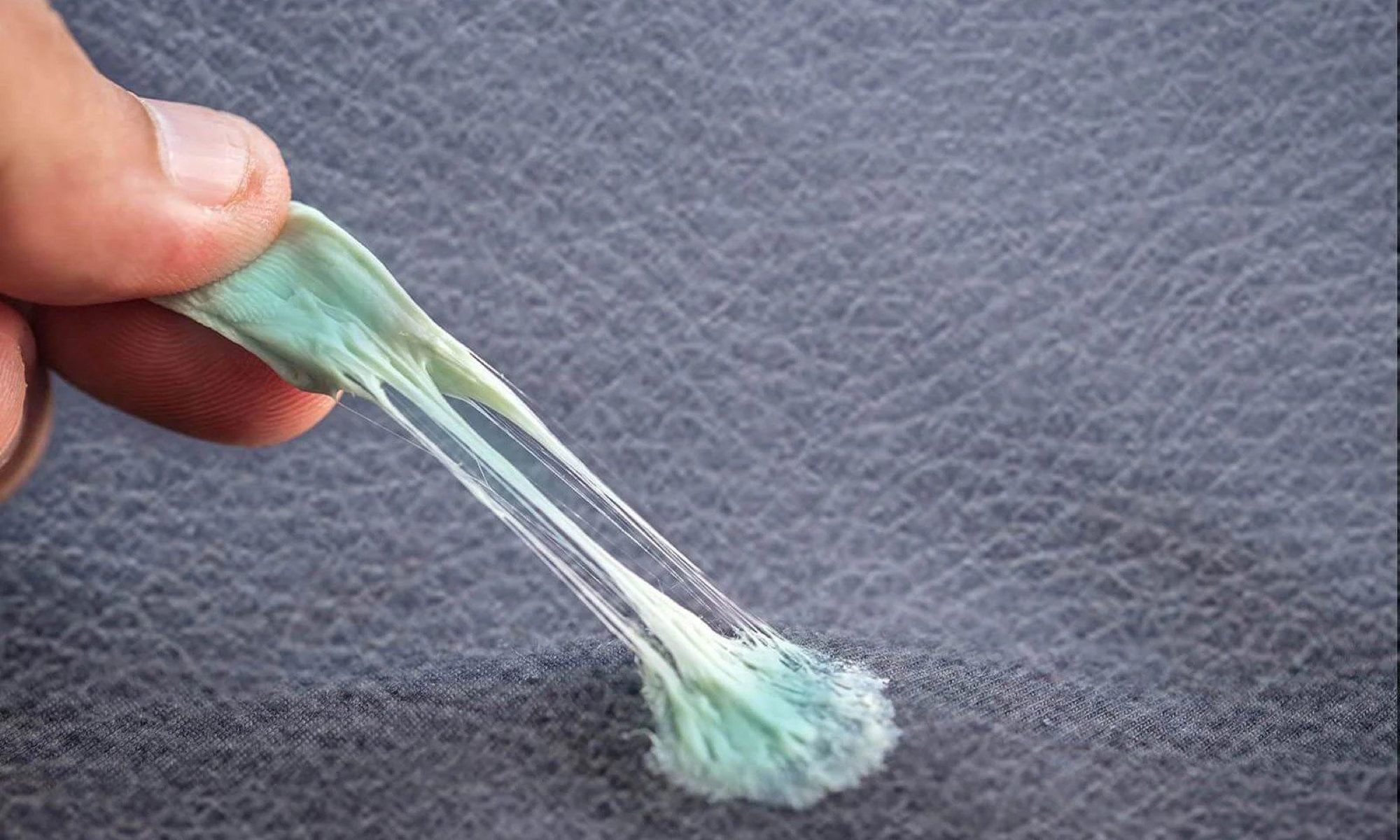

Articles
How To Get Slime Out Of A Blanket
Modified: October 20, 2024
Looking for articles on how to get slime out of a blanket? Discover effective tips and tricks to remove slime stains and keep your blanket clean and slime-free.
(Many of the links in this article redirect to a specific reviewed product. Your purchase of these products through affiliate links helps to generate commission for Storables.com, at no extra cost. Learn more)
Introduction
Slime is a fun and popular toy that kids and even adults love to play with. However, accidents happen, and sometimes slime may end up on your favorite blanket, leaving a sticky mess behind. Fortunately, with a few simple steps, you can easily remove slime from a blanket and restore it to its former glory.
In this article, we will guide you through the process of getting slime out of a blanket effectively. Whether the slime has dried or is still fresh, we have you covered. So, let’s dive in and learn how to tackle this slimy situation!
Key Takeaways:
- Don’t panic if slime ends up on your favorite blanket! With the right approach, you can easily remove it by assessing, pre-treating, washing, and drying the blanket. Remember, patience and gentle treatment are key!
- Different fabrics may require different cleaning techniques, so always check the care instructions on your blanket before proceeding. By taking prompt action and following the steps outlined, you can say goodbye to slime stains and enjoy your clean, fresh blanket once again!
Read more: How To Get Slime Out Of A Carpet
Step 1: Assess the slime stain
Before you begin the process of removing slime from your blanket, it’s important to assess the severity of the stain. Take a close look at the affected area and note any particular challenges you might face. Is the slime dried or still wet? Is it a small spot or a larger area that needs attention?
If the slime is still wet, it is generally easier to remove. However, if it has already dried, you’ll need to take some extra steps to loosen it up before proceeding with the cleaning process.
It’s also important to consider the type of fabric your blanket is made of. Different fabrics may require different cleaning techniques, so make sure to check the care instructions on the blanket’s label. If in doubt, it’s a good idea to start with the gentlest cleaning method and gradually increase the intensity if needed.
Once you have assessed the slime stain and gathered all the necessary information, you’re ready to move on to the next step and remove any excess slime from the blanket.
Step 2: Remove excess slime
Now that you have assessed the slime stain and are familiar with the fabric of your blanket, it’s time to remove any excess slime before proceeding with the cleaning process.
To remove the excess slime, start by using a blunt object, such as a spoon or a butter knife, to gently scrape off as much slime as possible. Be careful not to press too hard or rub the slime into the fabric, as this can spread the stain and make it more difficult to remove.
If the slime is particularly sticky or stubborn, you can try applying an ice pack or a bag of frozen vegetables to the affected area. The cold temperature will help harden the slime, making it easier to scrape off.
Once you have removed as much excess slime as you can, it’s time to move on to the next step and pre-treat the stain to improve your chances of successfully removing it.
Step 3: Pre-treat the stain
Before washing the blanket to remove the slime stain, it’s important to pre-treat the area to improve the chances of completely eliminating the stain.
There are a few different pre-treatment options you can choose from, depending on the fabric of your blanket and the products you have on hand:
- Liquid dish soap: Mix a small amount of liquid dish soap with warm water to create a soapy solution. Dab the solution onto the slime stain using a clean cloth or sponge. Gently work the soap into the stain, being careful not to rub too aggressively to avoid damaging the fabric. Allow the soap to sit on the stain for a few minutes to penetrate the slime.
- Vinegar: If you prefer a natural option, vinegar can be an effective pre-treatment solution. Mix equal parts white vinegar and water, then apply the mixture to the slime stain with a clean cloth. Gently dab and work the vinegar into the stain and let it sit for a few minutes.
- Stain remover: If you have a stain remover specifically designed for fabric stains, follow the instructions on the product’s packaging to pre-treat the slime stain. Apply a small amount of the stain remover directly to the stain and let it sit for the recommended amount of time before proceeding.
After applying the chosen pre-treatment solution, gently blot the slime stain with a clean cloth or sponge to lift any loosened slime particles. Avoid rubbing the stain, as this can spread the slime and make it harder to remove.
Once you have pre-treated the stain, it’s time to move on to the next step and wash the blanket to remove the slime completely.
To get slime out of a blanket, first scrape off excess slime with a butter knife. Then, apply a pre-treatment stain remover and wash the blanket in the hottest water safe for the fabric. If the slime is still present, repeat the process before drying.
Step 4: Wash the blanket
Now that you have pre-treated the slime stain, it’s time to wash the blanket to remove any remaining slime and residue.
Before placing the blanket in the washing machine, check the care instructions on the label to ensure you’re using the appropriate water temperature and washing cycle for the fabric. If the blanket is machine washable, follow these steps:
- Separate the blanket from any other laundry items to avoid transferring the slime or staining other garments.
- Place the blanket in the washing machine and add the appropriate amount of detergent. Choose a gentle or delicate cycle to protect the fabric.
- If possible, select a warm water temperature setting. Warm water can help to dissolve any remaining slime or residue more effectively. However, if the care instructions recommend cold water, follow those instructions instead.
- Allow the washing machine to complete the cycle, ensuring that the blanket is thoroughly cleaned.
After the washing cycle is complete, remove the blanket from the machine and inspect it for any remaining slime. If you notice any traces of slime, repeat the pre-treatment process and wash the blanket again.
It’s important to note that if the blanket is not machine washable or the care instructions specify dry cleaning, it’s best to take the blanket to a professional cleaner to ensure safe and effective removal of the slime stain.
Once the blanket is completely clean and free from any traces of slime, it’s time to move on to the next step and check for any remaining slime before drying.
Read more: How To Get Stains Out Of A Blanket
Step 5: Check for any remaining slime
After washing the blanket, it’s important to check for any remaining slime or residue that may still be present. This step will help you ensure that the stain is completely removed before moving on to the drying process.
Start by examining the blanket closely, paying attention to the previously stained area. Look for any traces of slime, discoloration, or stickiness that may indicate remaining residue.
If you spot any remaining slime, treat the area again with the pre-treatment solution mentioned in step 3. Gently dab or blot the stain with a clean cloth or sponge, working the solution into the fabric. Allow the solution to sit on the stain for a few minutes to penetrate and loosen any remaining slime.
After treating the stain, rinse the area with warm water or follow the care instructions on the blanket’s label. Be sure to remove all traces of the pre-treatment solution to avoid any potential damage to the fabric.
Once you have treated any remaining slime and ensured the stain is completely eliminated, it’s time to proceed to the final step and dry the blanket.
Step 6: Dry the blanket
After successfully removing the slime stain from your blanket, it’s time to dry it properly to ensure it’s ready for use or storage.
If the care instructions on the blanket’s label permit machine drying, you can simply place it in the dryer and select the appropriate setting. Use a gentle or low heat cycle to protect the fabric. Avoid using high heat, as it can damage certain types of fabrics.
If air drying is recommended or you prefer to air dry the blanket, follow these steps:
- Find a flat surface, such as a clean towel or drying rack, where you can lay the blanket to dry.
- Spread the blanket evenly over the surface, making sure it’s not bunched up or folded over itself.
- Avoid direct sunlight or heat sources, as they can cause fading or shrinking of the fabric. Choose a well-ventilated area instead.
- Allow the blanket to air dry completely. This may take several hours or even overnight, depending on the fabric thickness.
During the drying process, periodically check the blanket to ensure it’s drying evenly and there are no signs of dampness or mildew. If any damp spots are found, gently massage the area to stimulate drying or consider using a fan or dehumidifier to aid the process.
Once the blanket is fully dry, fluff it gently to restore its softness and shape. Your blanket should now be clean, fresh, and ready to be used or stored until the next time you need it.
Congratulations! You have successfully removed slime from your blanket and restored it to its former glory. Remember to always check the care instructions on your blankets and treat stains promptly to maintain their longevity and beauty.
Conclusion
Dealing with slime stains on your favorite blanket may seem like a daunting task, but with the right approach, it’s entirely possible to restore your blanket to its pre-slime condition. By following the steps outlined in this article, you can effectively assess the stain, remove excess slime, pre-treat the area, wash the blanket, check for any remaining slime, and finally, dry the blanket.
It’s important to remember that different fabrics may require different cleaning techniques, so always check the care instructions on your blanket before proceeding. Additionally, patience and gentle treatment are key to safely removing slime stains without damaging the fabric.
By taking prompt action and following the steps outlined in this article, you can say goodbye to slime stains and enjoy your clean, fresh blanket once again. Remember, accidents happen, but with a little know-how and the right approach, you can handle them with ease.
So go ahead, grab that slime-covered blanket, and restore it to its former glory. You’ll be glad you did!
Frequently Asked Questions about How To Get Slime Out Of A Blanket
Was this page helpful?
At Storables.com, we guarantee accurate and reliable information. Our content, validated by Expert Board Contributors, is crafted following stringent Editorial Policies. We're committed to providing you with well-researched, expert-backed insights for all your informational needs.
